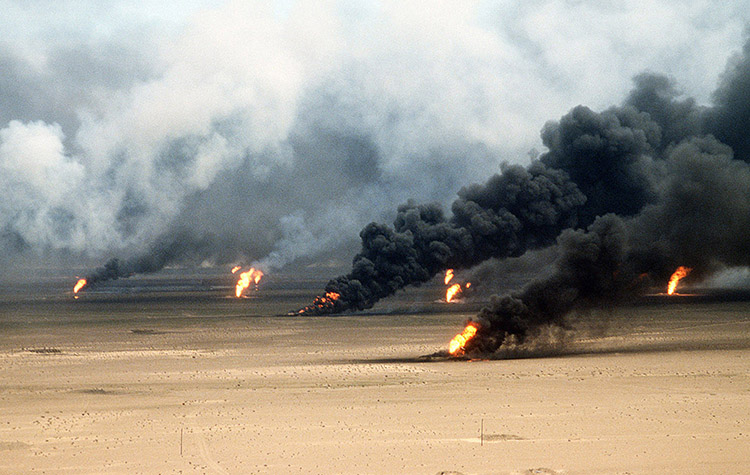
Oil well fires rage outside Kuwait City in the aftermath of Operation Desert Storm. The wells were set on fire by Iraqi forces before they were ousted from the region by coalition forces.
SHOCKWAVES THAT CONTINUE TO BE FELT TO THIS DAY
Terrorist attacks of September 11 can be traced directly to 1990 invasion
Damascus: Saddam Hussein’s invasion and occupation of Kuwait led to many things in the region, all of them unpleasant. It was to the region what 9/11 was to the United States, or World War II was to Europe and the world at large. The only good thing about it, perhaps, was that it proved to the world that state thuggery cannot go by unpunished, although it has since become a norm in the region with Turkish occupation of Syrian land, which is no different from what Saddam did to Kuwait back in 1990.
The anguish and death that accompanied the Kuwaiti invasion have been properly documented by journalists and academics, but its far-reaching effects continue to vibrate throughout the region until today, three decades later. The terrorist attacks of September 11 can be traced directly to the 1990 invasion of Kuwait, given that they increased US military presence in the Arab World and led to a whopping rise in anti-Americanism. So can a multitude of other milestones, like the entire Middle East peace process, for example, and the end of Russian influence in the region.
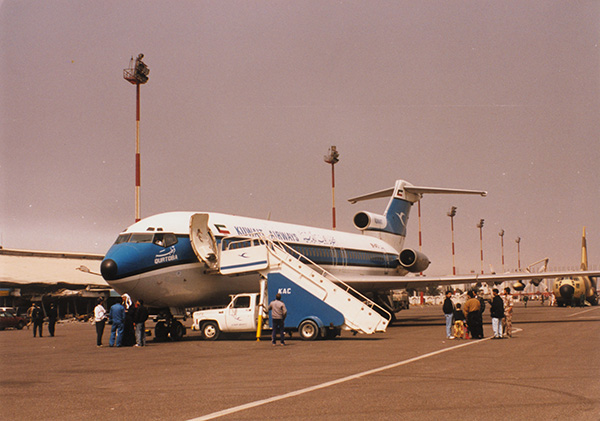
First commercial flight arrives at Kuwait Airport, after the end of the Gulf War, on March 15, 1991.
Rise of Iraqi opposition
In addition to spreading havoc throughout the Arab World, 1990 awakened appetite of the Iraqi opposition-in-exile, which began banking on the Americans to help rid them of Saddam. Many of them were Shiite politicians from the Al Dawa Party, who had either lived in Iran or been on Iranian payroll during the 1980s and 1990s.
Walking the right rope between Washington and Tehran, they collectively returned to power after Saddam’s toppling in 2003, immediately transforming their country into an Iranian satellite. If it were not for August 1990, we probably would not have seen men like Nouri Al Malki at the presidential palaces of Baghdad. Had a more capable prime minister been in power, then we might would not have witnessed the rise of Daesh, in 2014, which overran entire cities and towns that summer due to a corrupted government that was unable to protect its own territories.

This March 15, 1991 picture shows residents of Kuwait City celebrating the end of the Gulf War.
Kurdish and Shiite ambitions
The occupation of Kuwait famously triggered two back-to-back uprisings against Saddam, both of which were brutally repressed, one in the south, led by the Shiites, and one in the north (already underway by 1990), led by the Kurds. The first gave Saddam’s Shiite opponents ammunition to use in their drive for international legitimacy and quest for power, given that they had been gassed and murdered by Saddam. The second revolt paved the way for Kurdish autonomy and formation of Iraqi Kurdistan, along with its famous “no-fly zone”, which remains in-tact, three decades later.
And in turn, Iraqi Kurdistan awakened the ambitions of Kurds across the region, who were brought to believe that they could create similar enclaves in their countries, whether in Turkey or Iran or in Syria.
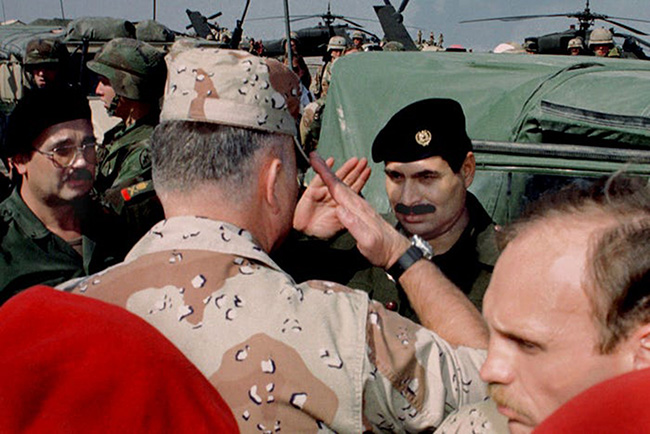
US General Norman Schwarzkopf (left) and Iraqi Lt-General Sultan Hashim Ahmed salute each other following their ceasefire and surrender term meetings during the Gulf War, in Safwan, Iraq on March 3, 1991.
Collective Sunni punishment
Iraqi Sunnis also paid a high price for Saddam Hussein’s actions. They had no say in the 1990 invasion, and were overwhelmingly opposed to it, worn out by eight years of war with Iran. Many of those who joined the Iraqi Baath Party did so for professional reasons only, since it was mandatory for all promotion under Saddam, whether in the civil service and army, or in the academic fields. For many years to come, however, they paid a high price as a community for having produced Saddam Hussein, like being banned from the premiership in their own country, which has since gone to the Shiites, or the presidency, which with one brief exception of Sheikh Ghazi Al Yawer (2004-2005), has been ever since held by the Kurds. In 2003-2006, their mosques were attacked, and their community leaders struck down, one after another.
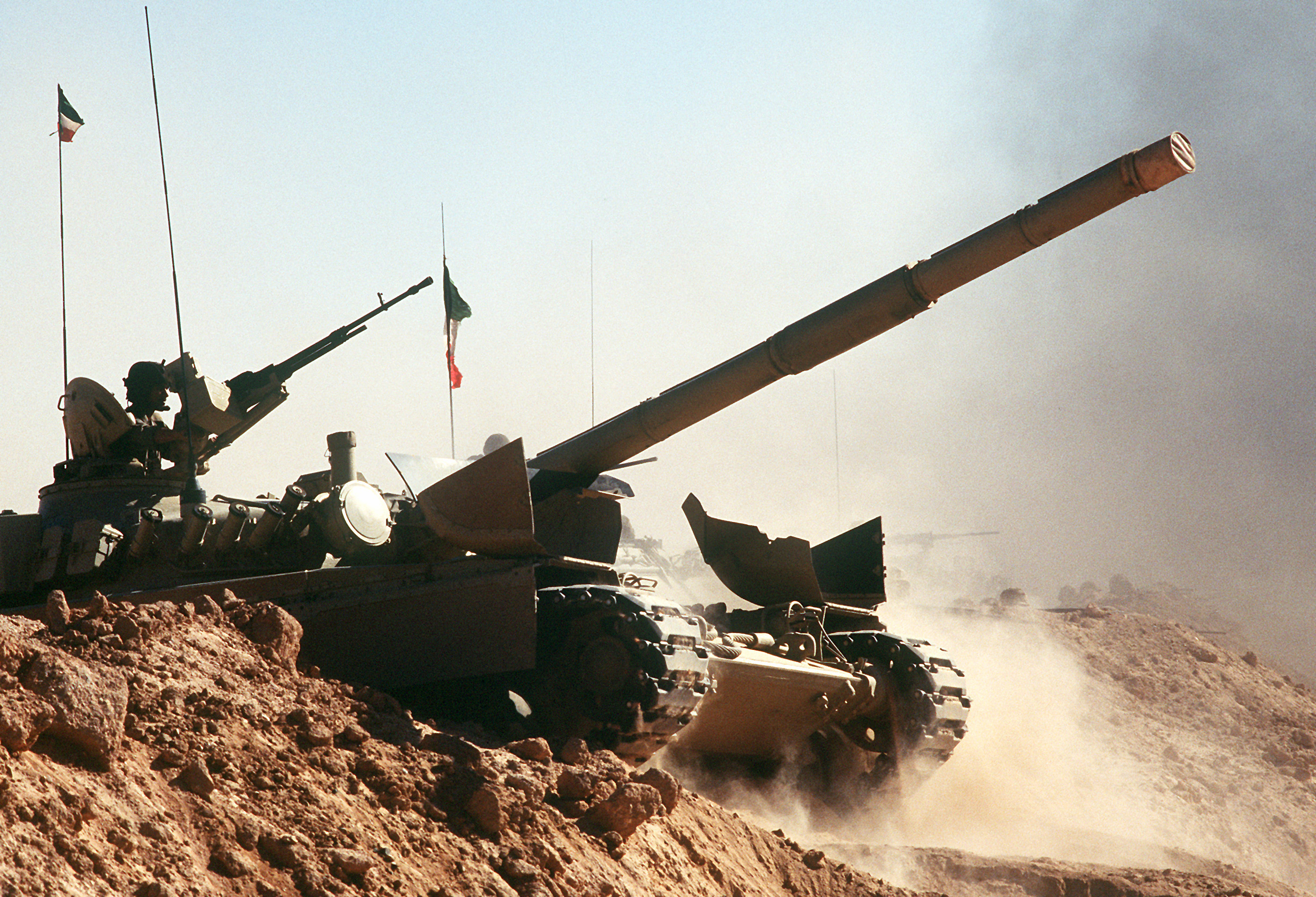
A Kuwaiti M-84 main battle tank crosses a trench during a capabilities demonstration at a Kuwaiti outpost during the war with Iraq in 1991.
US sanctions
The Kuwaiti fiasco of 1990 led to crippling US sanctions on Iraq, aimed at forcing Saddam to withdraw from Kuwait, pay compensation, and destroy his WMDs. All they did, however, was lead to the death of thousands of Iraqi children, failing to change Saddam Hussein’s behaviour. In fact, he used the sanctions as pretext to strike at his opponents with an iron grip, accusing them of being on US payroll. While Iraqis sunk into poverty, Saddam’s inner circle continued to live an extravagant lifestyle, completely unaffected by the sanctions.
He also continued to cite the issue of sanctions in his war with the Americans, which started five months later, coining the infamous phrase: “The Mother of All Battles.” Before his ouster, Saddam would often say that US sanctions led to the killing of 1.5 million Iraqis. Although there has been much debate about whether sanctions work at changing regime behaviour, the exact same formula was repeated in Syria, 20 years later.
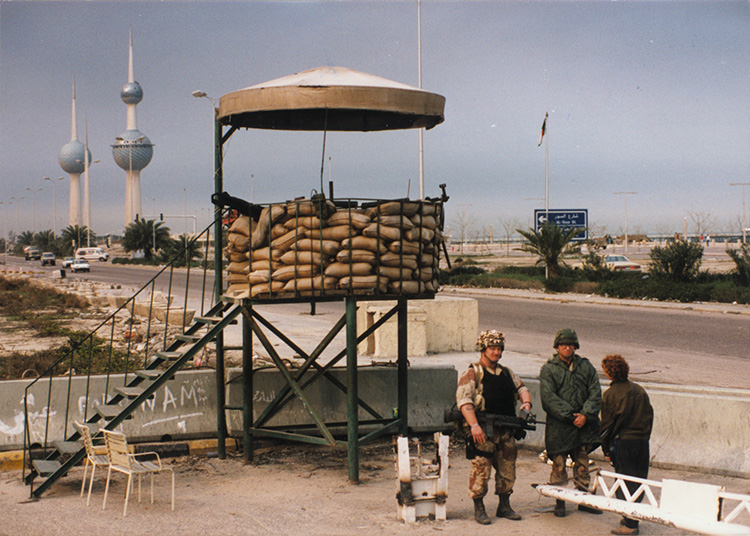
US soldiers deployed during Gulf War in Kuwait.
End of Russian influence
The occupation of Kuwait was also the beginning of the end of Soviet influence the Arab World had known during the Cold War. By the 1990, the USSR was too weak to even lift a finger in support of Saddam; the Communist Party was in shambles and Mikhail Gorbachev was beginning his long march into history. Although Moscow co-chaired the Madrid Peace Conference that was held in Spain in October 1991, the Soviets were completely unable to influence its proceedings or outcomes, bequeathing their role in the region first to the Bush Administration and then to US President Bill Clinton.
Arguably, the Russians continued to hold a backseat in the Middle East until September 2015, when their influence was resurrected through their intervention in the Syrian conflict.
They were completely absent, however, from the bilateral talks that took place in Washington during the early 1990s, with zero influence at the Oslo Peace Accords of 1993 and the Wadi Araba peace agreement of 1994, signed between Jordan and Israel.
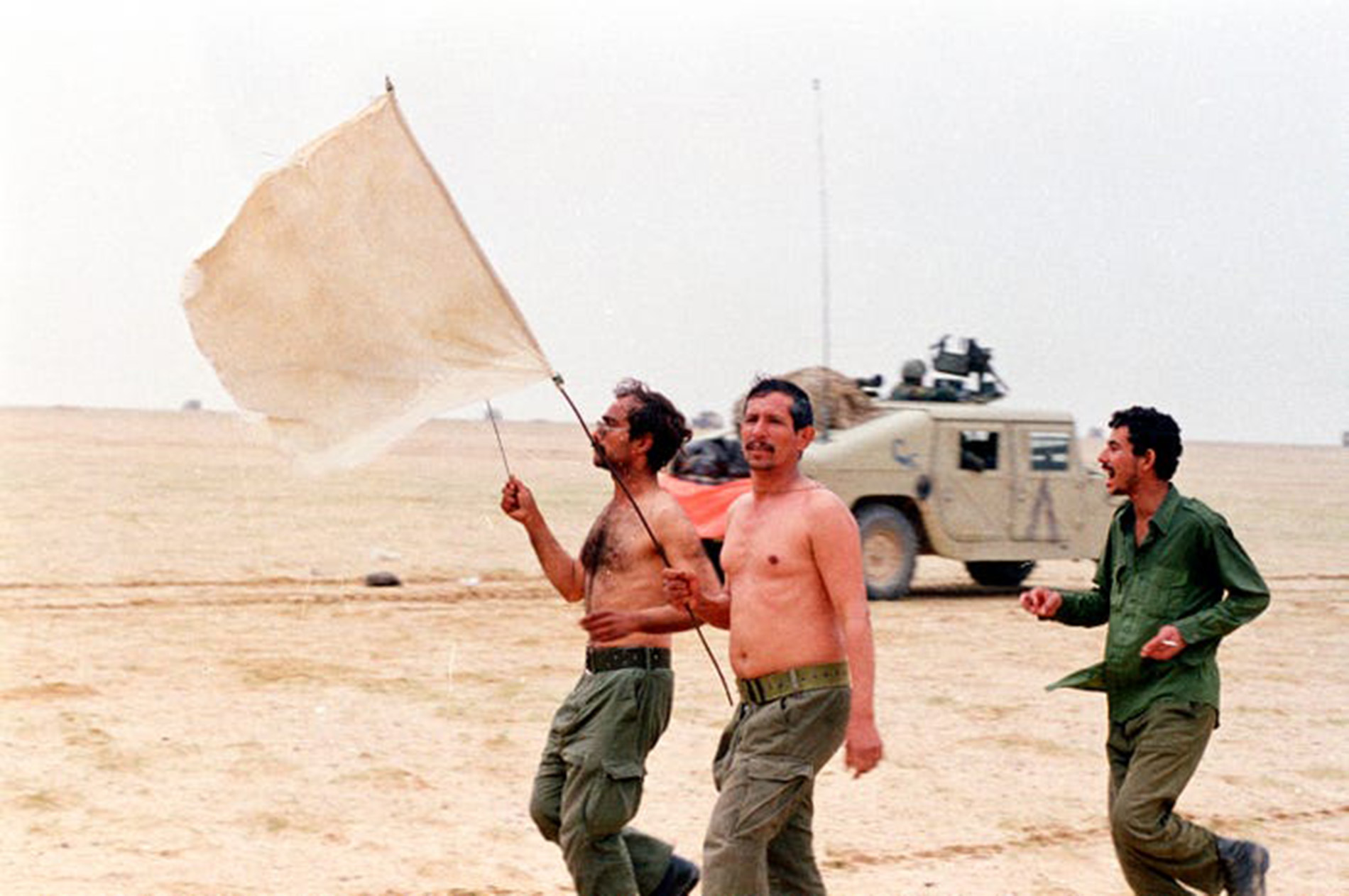
Iraqi soldiers hold a white flag as they surrender to the Egyptian army during a ground battle in Kuwait on February 25, 1991.
Anti-Americanism
The number of US troops in the region rose dramatically after Kuwait, reaching an all-time high of 3,000, raising the ire of Osama Bin Laden, who used that as a pretext to justify the 9/11 attacks on New York City in 2001. The dramatic influence of Al Qaida influenced similar extremist groups across the region, like Daesh and Jabhat Al Nusra, now known as Hayat Tahrir Al Sham (HTS)
Arafat and the Palestinians
One of the biggest losers of 1990, no doubt, were the Palestinians, who paid a high price for Yasser Arafat’s support for Saddam that summer. Arafat betted on the wrong horse, thinking that Saddam would emerge from his Kuwaiti adventure, unscratched. It was the biggest mistake in his entire life.
His backing of Saddam led to the suspension of Gulf money for the Palestinian Liberation Organisation (PLO) and to excluding him personally from the Madrid Peace Conference. The character assassination that accompanied his career from the 1960s was taken to new heights after 1990 and continued to haunt him until his death at a Paris hospital in 2004. The Palestinian delegation that was half-heartedly invited to Madrid were brought on board as members of the Jordanian delegation, not as members of the PLO. And when they signed off the Oslo Accords three years later, they were given only a fraction of historic Palestinian, with no mention of occupied Jerusalem as their capital. That was kept for a later date, which never came.